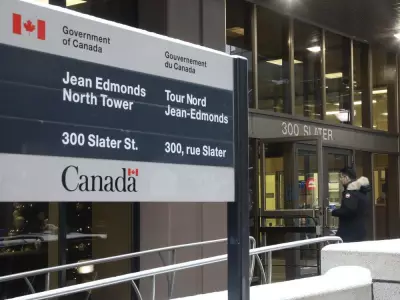
The Liberal government is making new assurances about fiscal responsibility in its controversial firearm buyback program, promising Canadians that taxpayer dollars will be spent wisely in the massive public safety initiative.
Cost Management Takes Center Stage
Facing criticism about potential budget overruns, government officials now emphasize their commitment to cost-effective implementation. The program, designed to remove banned firearms from Canadian communities, has been a subject of intense debate since its announcement.
Public Safety Minister Marco Mendicino recently stated that the government is taking a measured approach to ensure the program delivers value while achieving its public safety objectives.
Addressing Fiscal Concerns
Critics have raised alarms about the potential price tag of the mandatory buyback, with some estimates suggesting costs could spiral into billions. The government's new messaging appears directly aimed at calming these fiscal fears.
We recognize the importance of responsible stewardship of public funds, a senior government official commented. This program will be implemented with cost-effectiveness as a core principle.
Program Implementation Strategy
The buyback plan involves several key components:
- Structured compensation for firearm owners
- Secure collection and destruction processes
- Community-based implementation approach
- Phased rollout across provinces and territories
Government sources indicate that lessons learned from similar programs in other countries are being carefully studied to avoid unnecessary expenses.
Balancing Safety and Spending
The Liberal government continues to maintain that the program is essential for public safety, citing the need to remove what they describe as weapons designed for battlefields from Canadian streets. However, the renewed focus on cost management suggests an awareness of growing public concern about government spending.
As one political analyst noted, This represents a strategic pivot toward addressing the fiscal conservative wing of the electorate without abandoning their public safety agenda.
The coming months will reveal whether this balanced approach can satisfy both public safety advocates and fiscal watchdogs.





